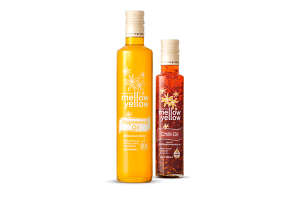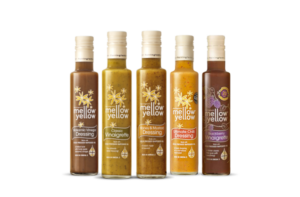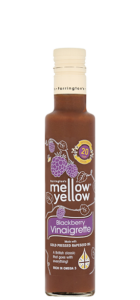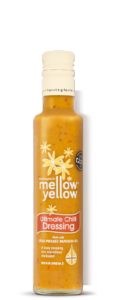As a rule of thumb, we usually start harvesting around 27th July. However in reality along with good farming tradition, it comes down to friendly brinkmanship, where neighbours pretend to be calm and patient, The Calm Before the Storm waiting until the crops are in perfect condition to harvest, before someone breaks ranks and you hear the sound of a combine entering a field somewhere over the horizon. All thoughts of planned calmness are forgotten immediately as you run to get your combine out of the shed in an attempt not to be seen as being behind the neighbours. It’s a completely futile competition as in reality the crops will be ready in their own time, and this initial excitement to get started normally finishes a few metres into the field with the realisation that the crop is not ready, and we have to go back to patiently wait a few more days.,
This year, however, things will be a little different. Harvest is not likely to start for us until around the second week in August. I know we will be incredibly twitchy by then, especially if we hear a nearby combine going somewhere. Due to the long winter and late cold spring, everything is simply behind by around three to four weeks. Once we do start we will not know which way to turn first as no doubt the rapeseed, winter wheat and spring barley will all be ready together. I can certainly see a few weeks of excited panic and long hours. It will be a case of “Don’t panic Mr Mannering.”
Preparation for harvest continues. I have taken on our harvest student, who this year comes all the way from the Scilly Isles. He applied for the role following a visit by Duchy College in Cornwall to the farm learning about what we get up to here. Jonathan is from a family farm on St Marys. Whilst their farm is only 10% the size of our farm in Northamptonshire, it very much promotes the adage of “It’s not the size that matters, but what you do with it that counts”. On Jonathan’s family farm of around 70 acres which is managed by his Grandfather, Father and Mother; they have beef cattle, grow several different types of foder crops to feed the cattle, grow new potatoes, grow narcissus, have three campsites, as well as his Father managing the island’s ferry terminal. It certainly sounds very different to how we do things here, which we can both learn from each other about the great diversity in British agriculture.
Currently, we are in the final stages of preparing all the machinery and grain store for harvest. The yard has been swept. Grain trailers have had a full clean down and service, with all the wheel bearings and brakes serviced. The combine is ready to go, with no obvious signs of mice damage at the moment – fingers crossed. The tractors have been washed and serviced and we are nearly there. We are going around some of the fields mowing the wildlife strips to encourage the right types of grasses and wildflowers to grow, as well as giving the footpaths and bridleways a cut. Additionally, we are walking through the spring barley in the early mornings before the sun gets too hot to rogue out (pull out by hand) any wild oats and wheat plants that will contaminate the crop which is destined for seed.
Next, it is just that patient waiting game. We are not good at it and no doubt this year there will be plenty of relieved farmers’ wives, once they have got us out from under their feet doing something useful.
Farming Diary
From LEAF Demonstration Farmer Duncan Farrington

 Oils
Oils Rapeseed Oil
Rapeseed Oil Chili Oil
Chili Oil Dressings
Dressings Blackberry Vinaigrette
Blackberry Vinaigrette Classic Vinaigrette
Classic Vinaigrette Balsamic Dressing
Balsamic Dressing Honey & Mustard
Honey & Mustard Ultimate Chilli Dressing
Ultimate Chilli Dressing